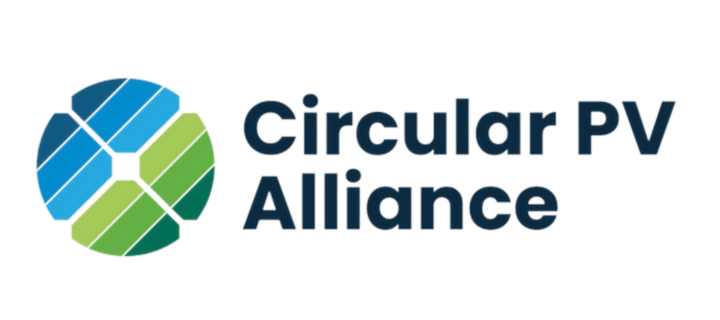Sydney Mining Club's 261st Forum - Newcrest’s NSW Titan Poised for Another Expansion
Hear about a titan on our doorstep presented by the man who runs it

General Managing Aaron Brannigan Presenting
Newcrest Mining’s NSW Titan Poised for Another Expansion.
It is lost on many but Newcrest’s mighty Cadia gold mine is probably Australia’s biggest, and yet only a couple of hours drive from Sydney. It’s also a copper mine and soon-to-be moly producer, and runs at the very front edge of efficiency when it comes to high-throughput underground mining.
In FY21 Cadia ran through 32 million tonnes of ore with an AISC of negative $109/oz, resulting in pre-tax cash flow of $1.2 billion.
A race of small explorers are now hooking into good results along trend in this re-emerging field but the project’s history is long and rich. Mining history began in 1851 when traces of copper were discovered near Cadiangullong Creek. In 1861, the Scottish Australian Mining Company started mining. Cadia Village was soon established and hung on through several stages of mining activity for copper, gold and finally iron ore, before being deserted in the 1940s. Newcrest Mining discovered the Cadia Hill orebody in 1992 and many Sydneysiders will remember the work of exploration geologist John Halliday leading the discovery.
Today ore comes from the Cadia East underground panel cave mine and the Ridgeway underground mine is in care and maintenance. Cadia produces gold doré from a gravity circuit and gold-rich copper concentrates from a flotation circuit. The doré is refined at the Perth Mint and concentrates are piped to a dewatering plant at nearby Blayney and railed to Port Kembla in New South Wales for export.
On 15 October 2019, Newcrest announced approval of the first stage of the Cadia Expansion Project to Execution phase. Subject to NSW regulatory approvals, the first stage will see the next cave development start. The second stage, which is in Feasibility Study, would see throughput at 35mtpa and recovery rate improvements.
The Cadia Molybdenum Plant Feasibility Study has an estimated capital cost of $95m, with commissioning of the plant expected in FY22. The Molybdenum Plant is expected to bring sales of a molybdenum concentrate with a further credit to the AISC per ounce.
It’s a titan on our doorstep presented by the man who runs it. Not to be missed.
















